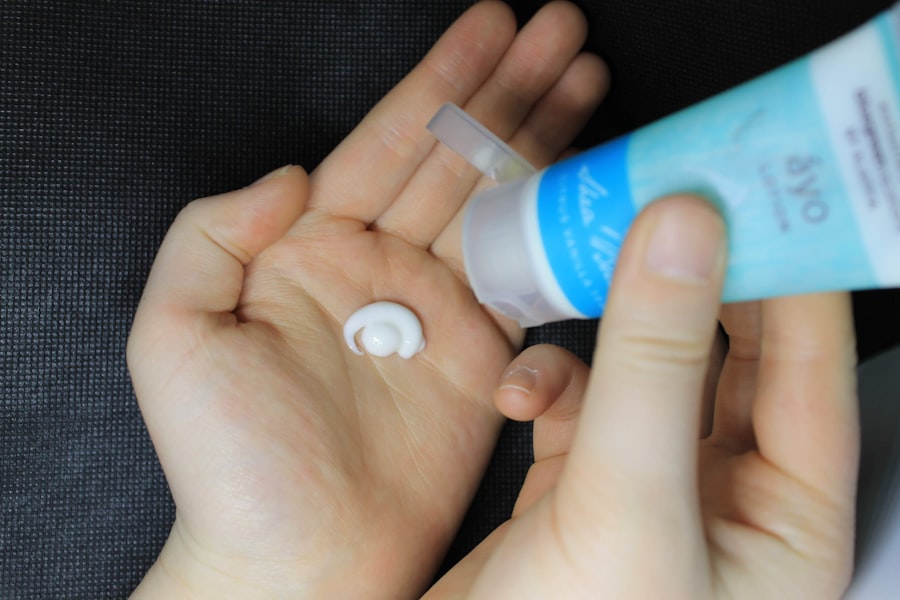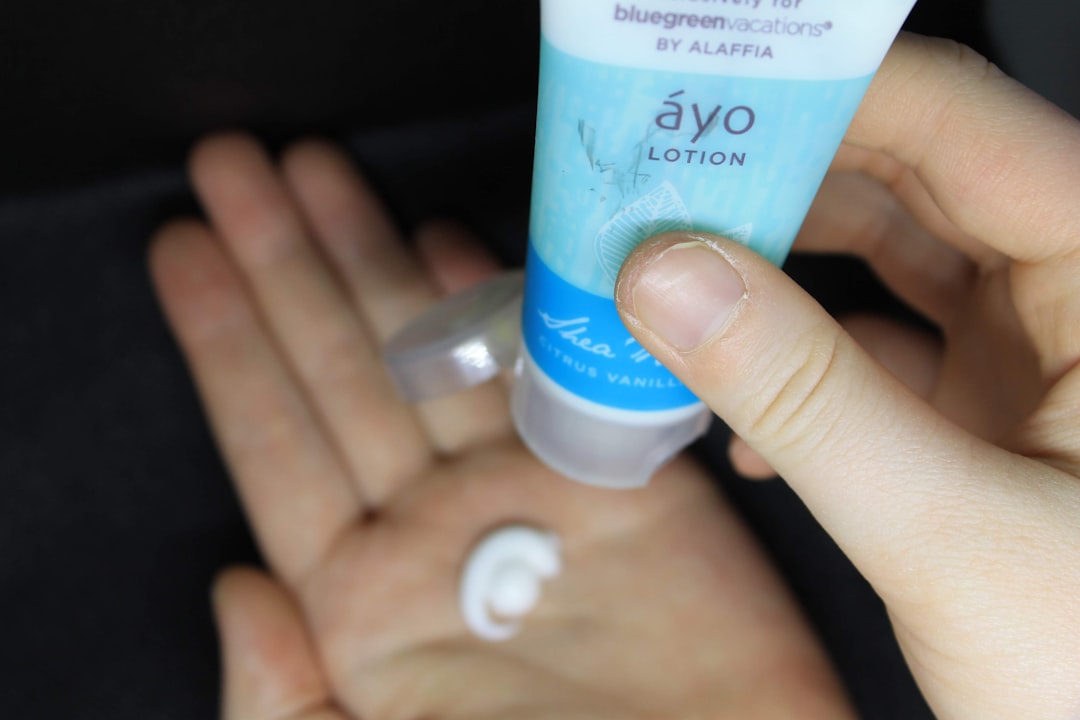Aftercare is a crucial aspect of any beauty or wellness treatment, yet it is often overlooked. You may find yourself excited about the immediate results of a procedure, but neglecting aftercare can lead to complications that diminish those results. Whether you’ve just had a facial, a waxing session, or a more intensive treatment like microdermabrasion, understanding the importance of aftercare is essential for maintaining your skin’s health and appearance.
Aftercare not only helps in healing but also enhances the longevity of the results you’ve achieved. When you invest time and money into a treatment, it’s only logical to follow through with proper aftercare. This phase is where you can maximize the benefits of your treatment and minimize any potential side effects.
By adhering to a well-structured aftercare routine, you can ensure that your skin remains radiant and healthy. It’s about creating a protective barrier that allows your skin to recover while also providing it with the nourishment it needs to thrive.
Key Takeaways
- Aftercare is crucial for maintaining healthy and smooth skin after hair removal treatments.
- Proper hygiene and cleanliness are essential to prevent infections and promote healing.
- Moisturizing and hydrating the skin regularly helps to maintain its elasticity and prevent dryness.
- Regular exfoliation helps to remove dead skin cells and promote smooth, healthy skin.
- Avoiding irritation and ingrown hairs is important for maintaining the skin’s health and appearance.
Hygiene and Cleanliness
Maintaining hygiene and cleanliness is paramount in your aftercare routine. After undergoing any skin treatment, your skin may be more sensitive and vulnerable to bacteria and irritants. You should prioritize keeping your skin clean to prevent infections and other complications.
This means using gentle cleansers that are free from harsh chemicals or fragrances that could irritate your freshly treated skin.
In addition to using the right products, you should also be mindful of your environment.
Ensure that your hands are clean before touching your face or applying any products.
If you’re using towels or cloths, make sure they are freshly laundered to avoid introducing any unwanted germs.
By prioritizing hygiene, you create a safe space for your skin to heal and flourish.
Moisturizing and Hydration
Hydration is key to maintaining healthy skin, especially after a treatment that may have stripped away some of its natural moisture. You should incorporate a good moisturizer into your aftercare routine to help restore hydration levels. Look for products that contain ingredients like hyaluronic acid or glycerin, which are known for their ability to attract moisture to the skin.
Applying moisturizer regularly will not only keep your skin feeling soft and supple but will also aid in the healing process. In addition to topical moisturizers, don’t forget about internal hydration. Drinking plenty of water is essential for overall skin health.
When you’re well-hydrated from within, your skin reflects that vitality. Aim for at least eight glasses of water a day, and consider incorporating hydrating foods like cucumbers, oranges, and leafy greens into your diet. This dual approach—using topical moisturizers while ensuring adequate internal hydration—will help you achieve a plump and radiant complexion.
Exfoliation for Smooth Skin
| Exfoliation Method | Frequency | Benefits |
|---|---|---|
| Physical exfoliation (scrubs, brushes) | 1-2 times per week | Removes dead skin cells, smooths skin texture |
| Chemical exfoliation (AHAs, BHAs) | 2-3 times per week | Unclogs pores, evens skin tone, reduces acne |
| Exfoliating masks | 1-2 times per week | Detoxifies skin, brightens complexion |
Exfoliation plays a vital role in maintaining smooth and healthy skin post-treatment. However, it’s important to approach this step with caution. After certain treatments, your skin may be more sensitive than usual, so you should wait until it has fully healed before introducing exfoliation into your routine.
Once you’re ready, opt for gentle exfoliants that won’t irritate your skin. Chemical exfoliants containing alpha-hydroxy acids (AHAs) or beta-hydroxy acids (BHAs) can be effective without the harshness of physical scrubs. Regular exfoliation helps remove dead skin cells, promoting cell turnover and revealing fresh, glowing skin underneath.
It can also prevent clogged pores and reduce the risk of breakouts, which is particularly important if you’ve recently undergone a treatment that may have altered your skin’s texture or oil production. By incorporating exfoliation into your aftercare routine at the right time, you can maintain that smoothness and enhance the overall appearance of your skin.
Avoiding Irritation and Ingrown Hairs
One of the most common concerns following hair removal treatments is the risk of irritation and ingrown hairs. To minimize these issues, you should take proactive steps in your aftercare routine. First and foremost, avoid tight clothing that may rub against freshly treated areas, as this can lead to irritation.
Instead, opt for loose-fitting garments that allow your skin to breathe and heal comfortably. Additionally, consider using soothing products designed to calm irritated skin. Ingredients like aloe vera or chamomile can provide relief and reduce redness.
If you’re prone to ingrown hairs, regular exfoliation can help prevent them by keeping hair follicles clear. You might also want to consider using specialized serums or creams formulated to prevent ingrown hairs, especially in areas where hair removal has occurred. By being mindful of these factors, you can significantly reduce discomfort and maintain smooth skin.
Sun Protection

Daily Sunscreen Application
You should apply a broad-spectrum sunscreen with an SPF of at least 30 every day, even on cloudy days or when staying indoors, as UV rays can penetrate windows.
Additional Protective Measures
Reapplying sunscreen every two hours is crucial if you’re spending time outdoors. Additionally, wearing protective clothing such as hats or long sleeves can provide an extra layer of defense against harmful UV rays.
The Importance of Sun Protection
Remember that sun exposure can lead to hyperpigmentation and premature aging, which can counteract the benefits of any treatment you’ve undergone. By prioritizing sun protection in your aftercare routine, you ensure that your skin remains healthy and vibrant for years to come.
Choosing the Right Products
Selecting the right products for your aftercare routine is vital for achieving optimal results post-treatment. You should always consult with your skincare professional about which products are best suited for your specific needs and skin type. Look for gentle formulations that are free from irritants such as alcohol, fragrances, and parabens.
These ingredients can exacerbate sensitivity and hinder the healing process. In addition to cleansers and moisturizers, consider incorporating serums or treatments that target specific concerns such as redness or uneven texture. Products containing antioxidants like vitamin C can help protect your skin from environmental stressors while promoting healing.
Always perform a patch test when trying new products to ensure they won’t cause irritation or adverse reactions. By carefully curating your skincare regimen with the right products, you set yourself up for success in maintaining healthy and beautiful skin.
Professional Consultation and Maintenance
Finally, regular professional consultations are an integral part of effective aftercare. Scheduling follow-up appointments with your skincare professional allows them to assess how well your skin is responding to treatment and make any necessary adjustments to your aftercare routine. They can provide personalized recommendations based on your unique skin type and concerns, ensuring that you’re on the right track.
Maintenance treatments may also be necessary to prolong the effects of initial procedures. Whether it’s regular facials, chemical peels, or laser treatments, staying consistent with professional care will help keep your skin looking its best over time. Your skincare professional can guide you on how often these treatments should be scheduled based on your individual needs.
By prioritizing professional consultation and maintenance in your aftercare plan, you invest in the long-term health and beauty of your skin. In conclusion, aftercare is not merely an optional step; it is an essential part of any skincare regimen following treatment. By understanding its importance and implementing practices such as maintaining hygiene, moisturizing adequately, exfoliating gently, avoiding irritation, protecting against sun damage, choosing appropriate products, and seeking professional guidance, you can ensure that your skin remains healthy and radiant long after your treatment has concluded.
Your commitment to aftercare will ultimately reflect in the quality of your skin—making it worth every effort you put into it.
Aftercare for epilation is crucial to ensure smooth and healthy skin post-treatment. For more information on how to properly care for your skin after epilation, check out this helpful article on In Laser Hair Removal’s blog. Their blog offers valuable tips and advice on skincare routines and maintenance to keep your skin looking its best after undergoing epilation. For any further inquiries or to schedule an appointment, feel free to reach out to them through their contact page.
FAQs
What is aftercare for epilation?
Aftercare for epilation refers to the steps and practices that should be followed after undergoing an epilation procedure, such as waxing, sugaring, or using an epilator. These aftercare measures are important for maintaining the health and appearance of the skin, as well as minimizing potential side effects such as irritation or ingrown hairs.
What are some common aftercare practices for epilation?
Common aftercare practices for epilation include gently cleansing the skin, applying a soothing lotion or gel, avoiding tight clothing that may cause friction, exfoliating regularly to prevent ingrown hairs, and avoiding sun exposure or tanning for a period of time.
How long should I wait before exfoliating after epilation?
It is generally recommended to wait at least 48 hours before exfoliating the skin after epilation. This allows the skin to recover and reduces the risk of irritation or inflammation.
Can I apply moisturizer after epilation?
Yes, applying a gentle, non-comedogenic moisturizer after epilation can help soothe the skin and prevent dryness. Look for a moisturizer that is specifically formulated for sensitive or post-epilation skin.
What should I do if I experience redness or irritation after epilation?
If you experience redness or irritation after epilation, you can apply a soothing gel or lotion to the affected area. Avoiding tight clothing and hot showers can also help reduce irritation. If the symptoms persist or worsen, it is advisable to consult a dermatologist.
How long should I avoid sun exposure after epilation?
It is recommended to avoid sun exposure or tanning for at least 24-48 hours after epilation. This helps to prevent further irritation and allows the skin to heal properly. If sun exposure cannot be avoided, be sure to apply a broad-spectrum sunscreen with a high SPF to the treated area.






